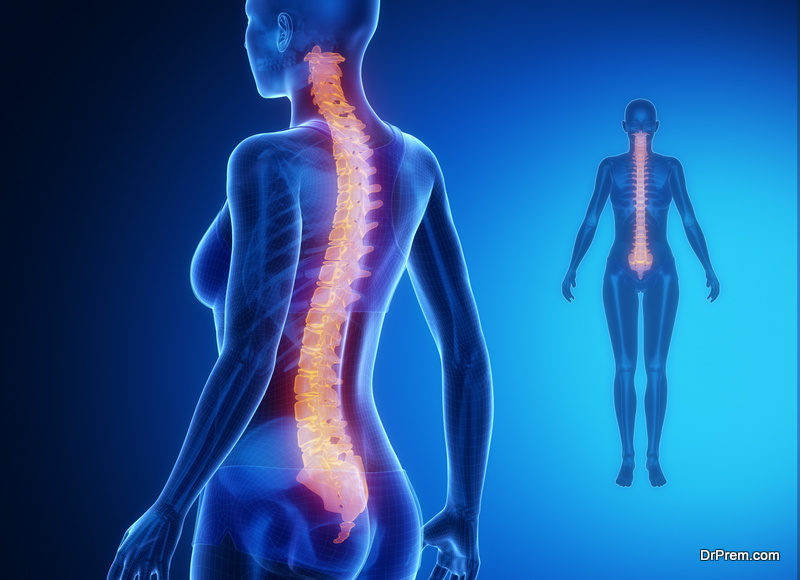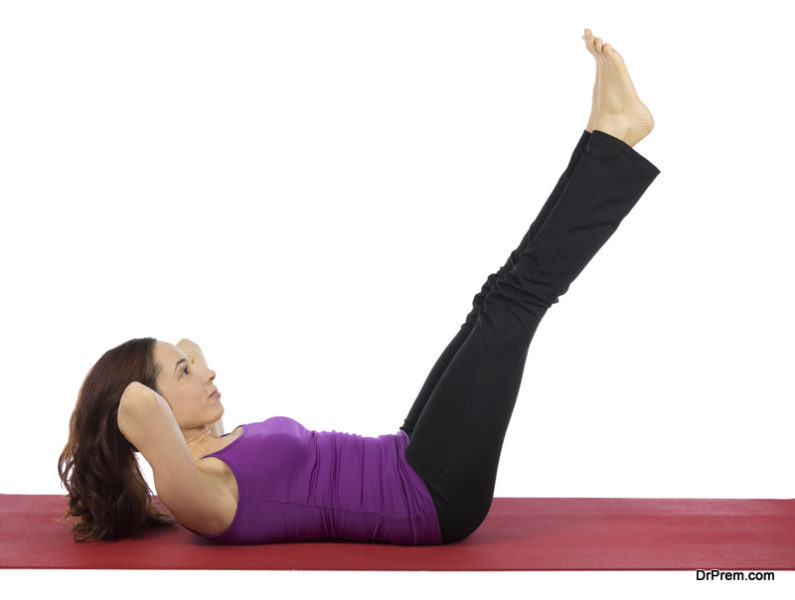Your posture reflects your personality. It also says a lot about the functioning of your bones and joints. If you are a self-confident person, it will show up in your posture. On the same note, you can easily identify a timid person simply from his/her posture. You will be surprised to learn that most of us are habituated to common postural deviations but never take care of it.
Fixing postural problems is not that a big deal but for that, you should nurture a good habit. Some form of postural deviations is present in almost everybody some are quite striking. Remember the hunchback of Notre Dame? Fortunately, not many show such dramatic deviations that can make life hell.
Deviations in posture initiate in childhood. Kids have the tendency of not adopting the correct posture. A common example is too much leaning of the head while reading or writing. It is never too late to mend our postural deviations the sooner the better.
9 – Common postural deviations and how to correct them:
Our body is a unique machine. It smartly detects wrong body alignments and works on to compensate it. As a result, some of our muscles and joints get overworked resulting in chronic pain while some of our muscles remain underworked and weaken in due course of time. Let us study a few common postural deviations and learn about the rectification methods.
1. Hunchback:
 An excessively curved upper back (greater than 40-45°) means you have a hunchback posture. Sitting in a bad posture especially during long hours of computer work can cause hunchback. Your wrong posture tightens the chest muscles resulting in excessive curvature. The postural muscles of the upper back get weakened.
An excessively curved upper back (greater than 40-45°) means you have a hunchback posture. Sitting in a bad posture especially during long hours of computer work can cause hunchback. Your wrong posture tightens the chest muscles resulting in excessive curvature. The postural muscles of the upper back get weakened.
Correction: Practice sel-myofascial release and stretching to relieve chest tightness using a massage ball. It also helps in strengthening the upper back muscles. Upper back foam rolling is also a good exercise for the hunchback.
2. Forward head tilt:
The most common postural deviation present almost in everybody. Your head tends to tilt forward as you keep working on your desk. The center of gravity of your head shifts and to compensate for this your upper body shifts backward. Again to make up for the body shift, your hips tend to shift forward gradually making you out of shape. Headaches, neck and shoulder pains are common outcomes.
Correction: Do stretching exercises to strengthen your neck and back muscles. Be alert of your wrong postural habit.
3. Rounded shoulders (Increased thoracic Kyphosis):
 It is one of the common postural deviations when your shoulders are in front of your ears. Not maintaining the correct posture while sitting or walking can give rise to this deviation. An imbalanced work out regime with excessive chest pressing can also cause rounded shoulders.
It is one of the common postural deviations when your shoulders are in front of your ears. Not maintaining the correct posture while sitting or walking can give rise to this deviation. An imbalanced work out regime with excessive chest pressing can also cause rounded shoulders.
Correction: Myofascial release with massage ball works best in this case. Stretching also helps in strengthening upper back muscles.
4. Swayback/Lordosis:
Have you watched pregnant women walk during the last term? You will observe this in obese people as well. Among the different types of bad postures, it is perhaps one of the worst as it puts excessive strain on the spine and lower-back muscles. Hip flexors weaken and hamstring gets tightened.
Correction: Practice strengthening glute muscles, hamstrings and abdominal muscles to pull the pelvis in proper alignment. Take the help of a physical instructor while performing the exercises. Pregnant women should seek professional consultation before trying out any exercise.
5. Lower-cross syndrome:
 This faulty body alignment results in an excessive curve in the lower back and the pelvis is tilted forward. Hip flexors and low back muscles get overworked while the gluteus maximus and abdominal muscles remain underworked.
This faulty body alignment results in an excessive curve in the lower back and the pelvis is tilted forward. Hip flexors and low back muscles get overworked while the gluteus maximus and abdominal muscles remain underworked.
Correction: Strengthening exercises like pelvic tilts, frog sit up, exercise-ball hip bridge and leg elevated crunch are useful to rectify the posture.
6. Uneven shoulders where one shoulder sits at a higher plane than the other:
This is not a common postural deviation but may result from the dominance of one hand over the other. The trapezius muscle running from the back of the neck to the shoulder girdles gets stressed.
Correction: Recommended stretching exercises are neck myofascial release and side neck stretch. Using both hands uniformly in daily activities helps in posture correction.
7. Upper cross syndrome with rounded shoulders and excessive curve:
 One of the common postural deviations that we often come across is the upper cross syndrome. Faulty sitting and standing postures with slightly front leaning tendency give rise to this deformation. Neck extensor muscles and pectoralis major and minor are overactive while rotator cuff, shoulder blade muscles and other back muscles are underworked.
One of the common postural deviations that we often come across is the upper cross syndrome. Faulty sitting and standing postures with slightly front leaning tendency give rise to this deformation. Neck extensor muscles and pectoralis major and minor are overactive while rotator cuff, shoulder blade muscles and other back muscles are underworked.
Correction: Recommended muscle strengthening exercises are isometric front-neck exercise, shoulder external rotation, seated cable row etc.
8. Feet turned in:
Another commonly observed standing postural deviation is where the toes are turned towards the midline of the body. Muscles outside the hip are overworked while gluteus medius and minimus are underworked.
Correction: Practice strengthening exercises like lateral tube walk, squat with band tension around thighs and bridge with band tension around thighs.
9. Feet turned outwards:
 This is another postural deviation opposite to the previous one where the feet tend to turn out from the midline of the body. Deep external rotators and piriformis muscles are overworked and hip flexors and obliques remain underworked.
This is another postural deviation opposite to the previous one where the feet tend to turn out from the midline of the body. Deep external rotators and piriformis muscles are overworked and hip flexors and obliques remain underworked.
Correction: Stretching exercises like dance stretch, piriformis self-myofascial release, IT-band self-myofascial release are recommended. Muscle strengthening exercises like hanging leg raise, cocoon and exercise ball pull help in rectifying the deviation.
Few concluding thoughts:
Different types of bad postures are very often responsible for chronic aches and pains. Addressing the common postural deviations can be tricky. Just one-hour session in the physiotherapy clinic is not going to work.
- Practice repetition to develop the habit of maintaining the correct posture.
- Get educated on the right sitting and standing posture be it at home or office.
- Evaluate your footwear. Which one helps in maintaining your right posture? Should you exercise with worn out shoes?
- Take deep breaths. Full diaphragmatic breathing will activate your upper body muscles.
- What would be your right sleeping posture? What would be the ideal thickness of the bed? How many pillows do you need to take? Check these things.
- Remind yourself frequently about maintaining the right posture. It is natural to slip back to the faulty position.




